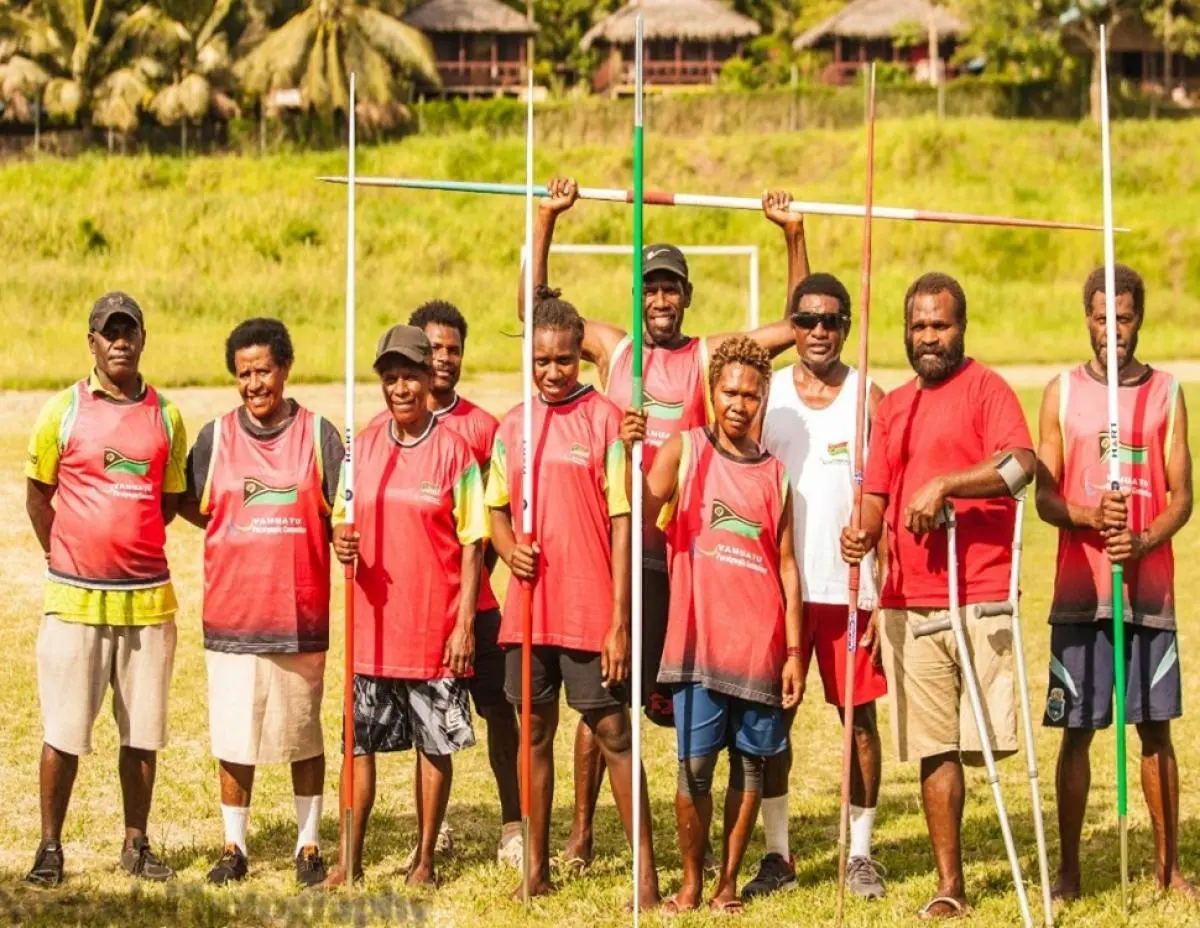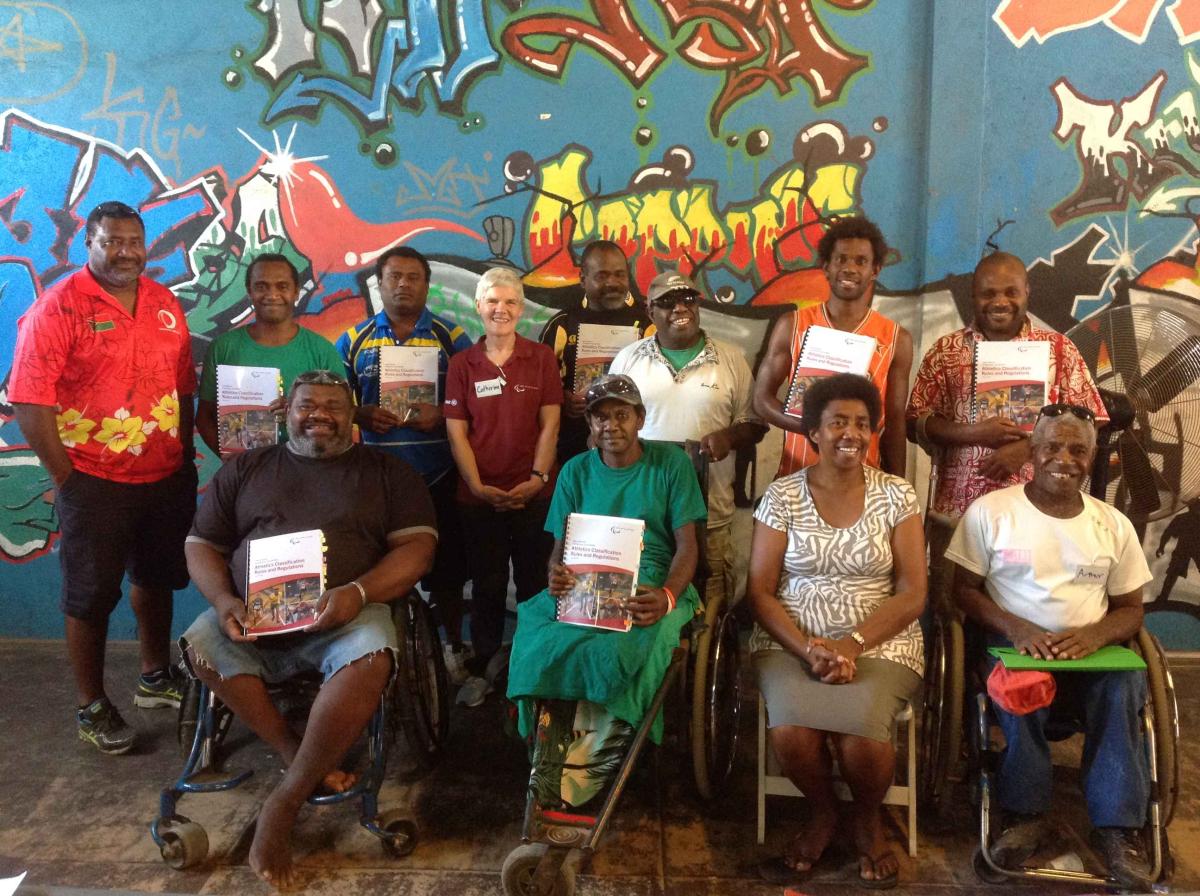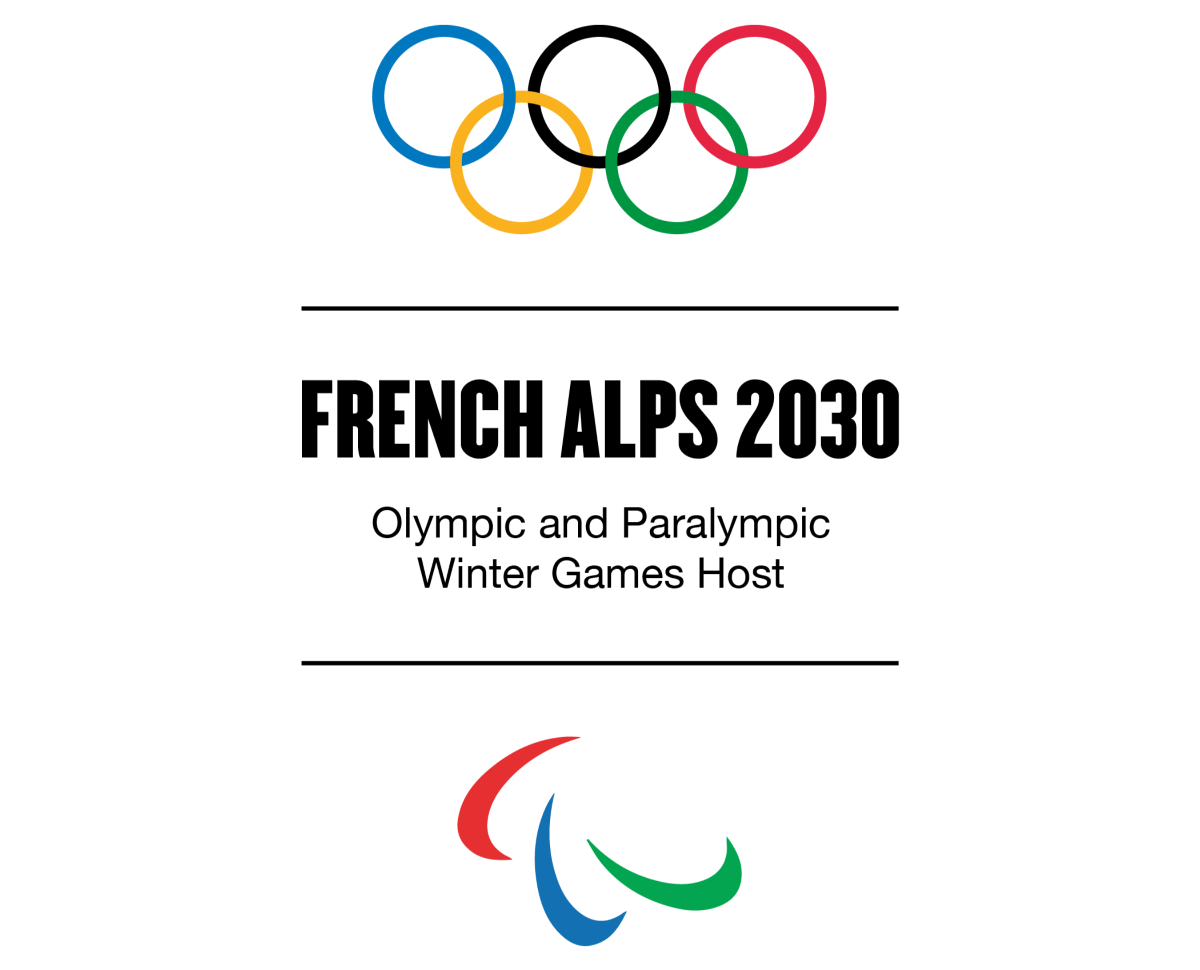
INCREASING THE ATHLETE TALENT POOL IN Vanuatu
From 2018 onwards, the Vanuatu Paralympic Committee implemented a new ‘Hub and Spoke’ model to identify athlete talent, in particular targeting remote communities. The result was a new pool of athletes, increased visibility and a greater appreciation of persons with disabilities.
Overview

In Vanuatu persons with disabilities have long been hidden due to stigma, isolation, and lack of opportunity, particularly in remote communities.
To change this, the Vanuatu Paralympic Committee (VPC) partnered with several organisations to implement a talent identification programme that identified and trained talented athletes, challenged stigma and increased the visibility of persons with disabilities.
Previously single-day talent identification events failed to create sustained engagement. Most programmes existed only in capital cities, excluding the “hidden people” in rural areas. The challenge was to develop a low-cost, inclusive model to identify, support, and grow Para sport participation nationwide, especially outside urban centres.
Who was involved?
The initiative was led by the VPC, sponsored by the Korean Paralympic Committee (KPC) with support from the Oceania Paralympic Committee (OPC) and the IPC. Close collaborators included The Ministry of Youth and Sports, provincial authorities, volunteer coaches, local chiefs, Disability Officers, and community leaders.
What was done?
The VPC implemented a decentralised ‘Hub & Spoke’ outreach and awareness programme to sustainably identify, support, and develop Para athletes across the country’s remote islands.
'Hubs' were established in four provincial capitals with coaches identified and trained in basic Para athletics skills. Coaches were equipped with a simple, cost-effective equipment kit featuring javelins, shot puts, cones, a tape measure, stopwatch, clipboard, whistle, and high-visibility vest. These coaches then returned to remote villages, their 'spoke' locations, to run regular weekly training sessions with selected athletes. Importantly, performances and participation were tracked by clipboard, allowing data collection even without digital tools.
Every three months, coaches and athletes from spoke villages reconvened at their hub for capacity-building, medical appraisal, classification, and competition. This created a structured pathway toward the annual National Para Athletics Championship, where athletes are selected on merit to represent their province and, potentially, the nation at international events.
Alongside the sport structure, the VPC focused on outreach. Awareness was raised through radio programmes, word of mouth, and short films such as 'The Hidden People' and 'Mi Tu Mi Save Mekem' which profiled Para athlete stories and were screened in villages and schools to help shift social norms. A hired full-time Project Development Officer oversaw implementation, liaised with local chiefs and community groups, and built lasting grassroots relationships.
International partnerships, including with the IPC, OPC, Australian Sports Commission, and the KPC, provided funding, visibility, and support for the national championship, equipment, and GAPS Camps aligned with major competitions.
What made it special?
The Hub & Spoke model prioritised community-based coach development before athlete identification, making it scalable and sustainable. It overcame cultural stigma by working closely with chiefs, churches, and families, while public awareness films and radio programming reshaped attitudes. It was low-cost, logistically suited to Pacific geography, and delivered consistent training and merit-based selection far beyond the capital.
What changed?
The project revealed a previously invisible population. Families began allowing children with disabilities to participate in public life. Coaches and athletes in four provinces now meet regularly to train and compete. Vanuatu now fields athletes from across the country in national events and has selected athletes for international competitions. Para sport visibility increased through national radio, school outreach, and international media coverage.
What was learned?
One-off events can raise hope without follow-up. Sustained, community-anchored training and regular contact are essential. Equipping coaches, not just athletes, is a key entry point. Trust-building with families is as important as the sport itself.
Get started
Learn more be emailing the VPC, watch The Hidden People on YouTube, and carry out the following steps:
- Assign Leadership
- Launch Provincial Programmes
- Conduct Quarterly Hubs
- Host Annual National Games



